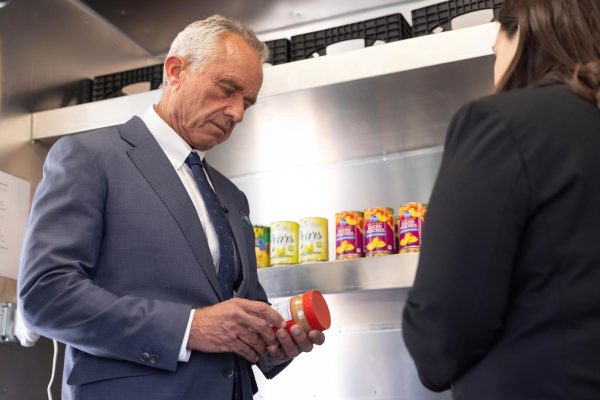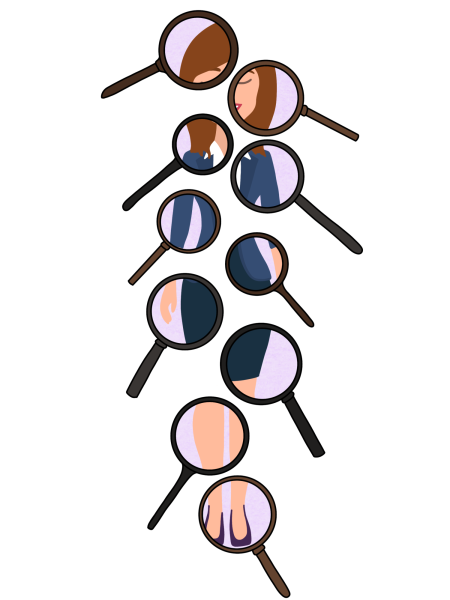Sustainability: To Cull or Not to Cull
In the winter of 2015, the Village of Hamilton authorized its first deer cull to reign in the growing population of white-tailed deer. According to the New York Department of Conservation, the purpose of a deer cull is to manage the deer population to prevent problems for homeowners, farmers, foresters, and drivers and balance a population for its habitat. When a cull occurs, hunters in the local community can apply for permission to bait and shoot deer within a particular area. There are, of course, restrictions in place to prevent an overharvest of the population. According to a village report, this first cull brought in forty-five deer; however, interest petered out in the following years, and the village did not hold the cull in some of the following years.
Given this hiatus, Colgate’s Upstate Institute, in partnership with students in the Environmental Studies (ENST) 389 – Conservation Biology and Policy course, worked to establish a “mini-cull” this past January to gauge community interest, according to an Environmental Studies Department update. The department reports that six deer were taken between Jan. 8-18 on Colgate property during this mini-cull, including the Seven Oaks Golf Course and ski hill. While this small-scale cull was significant in terms of restarting the deer management program in Hamilton, the potential benefits of a yearly cull mean that the village should pursue concrete plans to revitalize the program permanently.
The primary reason for reinstating the annual cull is to help cut down on deer-related car accidents. Guidelines published by Cornell Cooperative Extension note that properly conducted culls are a highly effective way to reduce deer-vehicle collisions. Given the observable driving prowess of much of Colgate’s licensed population, combating deer overpopulation is a great way to remove some hazards from the roads. A well-practiced hunter can dispatch a deer more humanely than a Jeep Grand Cherokee from Connecticut.
Another reason that establishing a yearly cull is so pertinent is the rise of Lyme disease. According to an Upstate Insitute forum, 78% of the ticks collected by students in ENST 389 around campus last fall tested positive for Lyme disease. Lyme disease is a serious condition, and the CDC notes that untreated Lyme can cause facial paralysis, irregular heartbeat, nerve pain, and early signs of arthritis. A PNAS article traces an increase in Lyme disease across the country to “a century-long recovery of deer,” who are the most important hosts for Lyme-bearing ticks.
Some serious risks are associated with a significant overpopulation of white-tailed deer. With this being the case, you might wonder why the cull is even a contentious topic. As it turns out, there are loads of challenges for a village like Hamilton in setting up, carrying out and maintaining a successful cull. Of course, one such difficulty comes from the argument that a mass killing of deer is inhumane or morally wrong. The loss of any animal’s life is significant, and no one understands that better than hunters. As mentioned previously, it is much better for a hunter to take a deer than for it to suffer through the pain of a vehicle collision. However, the biggest problem posed by the cull is the logistics. According to the U.S. Census Bureau, the Village of Hamilton has a median household (not per capita) income of just under $50,000. It’s important to keep in mind that the incomes of Colgate faculty tend to skew that number higher than in surrounding areas. In an area like Hamilton, it is likely too much to ask working-class people to take hours off from their jobs to participate in an unpaid cull.
So what is the answer? Well, it’s a long shot, but the small number of Colgate students with hunting experience should consider offering their services to the village during the cull. This could only be done with careful consideration and express permission from local community members. Hamilton provides a lot for the students of Colgate, and as members of its community, those of us capable of participating should give back. Doing so protects both students and residents from dangerous accidents, reduces the risk of Lyme disease transmission, and supports local residents who cannot afford to take time off of work. Additionally, the venison from the cull can be gifted to local food banks to further support our community’s most vulnerable members. So next year, when duty calls, will you answer the cull?




